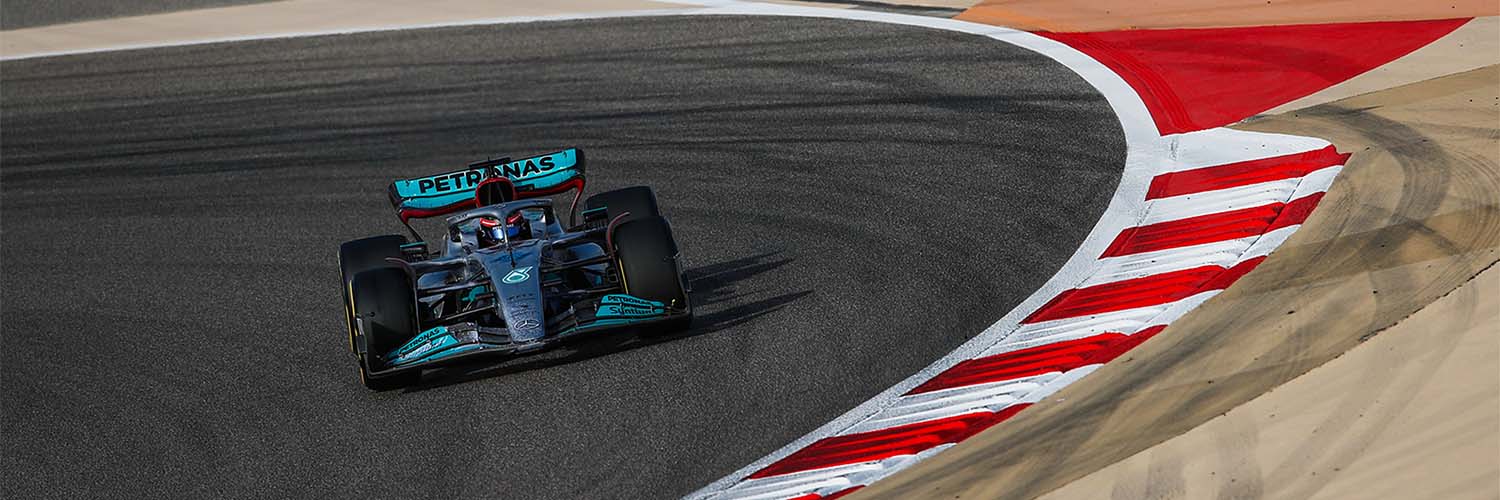

Source -
Tyres NorthamptonThe time fortesting, speculation, and misdirection is finally over as Formula One returns to action for the Bahrain Grand Prix. It's a new era for the sport with thewell-discussed regulation changes finally being put to the test in race conditions.They've been a long time coming, and motorsport fans everywhere will hope theydeliver the tight racing promised by the promoters.
The Sakhir circuit opens the F1 seasonfor a second consecutive year thanks to Australia's cautious pandemic re-openingdelaying the traditional Melbourne curtain-raiser. After three days of testinglast week, the teams aren't exactly going into the unknown, but there's plentyof unpredictability that everyone must adapt to if they want to gain an earlyadvantage.
One lesser-known 2022 rule change withmassive strategic consequences is F1's removal of Article 30.5 (l) – betterknown as the stipulation that the top ten qualifiers must start the Grand Prixon their Q2 Pirellis. The original ruling was conceived initially to introduceadditional race strategies and uncertainty, yet has rarely served its purposethanks to the domination by Mercedes, Red Bull and Ferrari.
Instead, for 2022, each driver maychoose to start the race on any Pirelli rubber they like no matter where theyqualify. We may see some gamesmanship between the top teams hiding their choiceof tyres from their opposition until the very last minute. Expect the numbertwo drivers and some upper midfield constructors to try contrary strategies allseason long.
For Bahrain, Pirelli are providing thehardest three compounds – the C1, C2, and C3 to handle the abrasive surface ofthe Sakhir Circuit. In contrast, the tyre manufacturer brought the C2, C3, andC4 last year, suggesting a slightly cautious approach with the brand-new18-inch wheels this weekend. However, it's worth noting that the 2021 compoundsdo not directly correlate to this year's equivalents, as Pirelli has alteredthe tyres' design for the new season.
Formula One usually sees amulti-stopper race in Bahrain, and that will most likely be the case for thisyear, too – unless the more durable tyres last longer than expected, of course.An early safety car could see some backmarkers attempt to extend their openingstint to try a one-stopper if they start on mediums or hards, but it'll putthem at risk in the closing stages.
Last year's event saw race strategyprove critical, with Mercedes and Red Bull duelling in the pit lane while LewisHamilton and Max Verstappen fought on track. The undercut was highly potent,and Hamilton took the fight to the Verstappen with an early stop for Hards fromsecond-place that saw him easily take the lead when the Red Bull driver pittedfour laps later.
However, the Silver Arrows would be onthe back foot as the race unfolded. Red Bull chose the Medium Pirellis forVerstappen's second stint, which surprisingly proved more durable than theHards fitted to the Mercedes. As a result, Hamilton pitted at half-distance,allowing his Dutch rival to have much fresher tyres for the final push.Ultimately, Verstappen chased down and caught Hamilton in the final laps, butafter overtaking off-track at Turn 4, he had to return the position andfinished behind the British seven-time champion.
Valtteri Bottas took the Fastest Lapon a set of used Pirelli Mediums after a late pit stop, but with his move toAlfa Romeo, don't expect to see the Finn's name setting purple sectors thistime around. Instead, keep an eye on Ferrari, whose encouraging pre-season hassome suggesting they've not only returned to the big three but may even be onpar with Red Bull at the top. It's going to be another sensational F1 season,and it all starts this weekend.
To find out more about our comprehensive range of services, or to book your vehicle in, contact our friendly team of experts today.